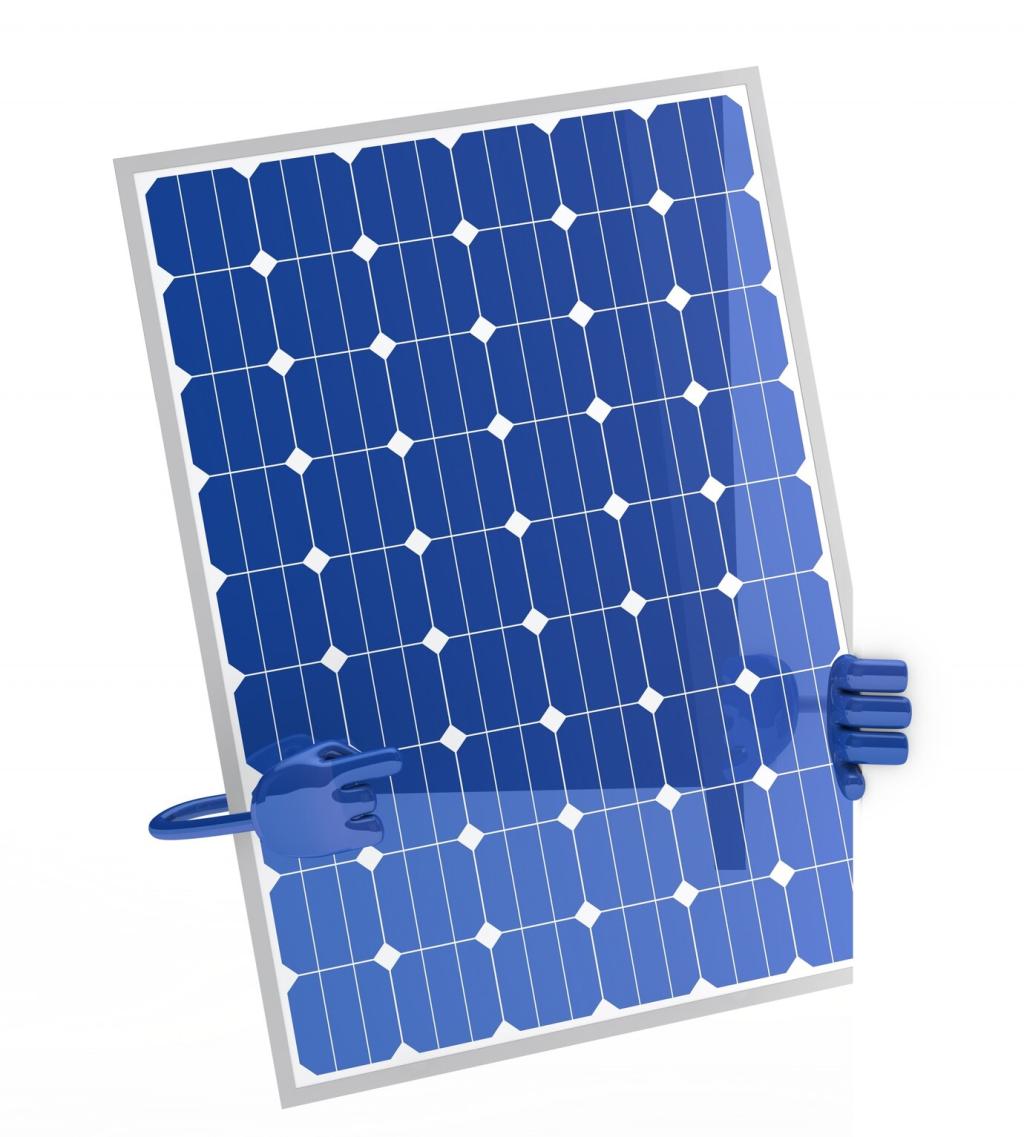Comparing Solar Panel Brands for Residential Use: A Homeowner’s Guide
What Really Matters When Comparing Solar Panel Brands
Efficiency and Power Class
Efficiency tells you how much sunlight becomes electricity, while power class indicates panel wattage. Higher numbers help on space-limited roofs, but balance them with cost and availability. Ask yourself: will the incremental efficiency actually lower my bill, or just impress my neighbors?
Warranty and Degradation
Brands differ on product and performance warranties, commonly 12–25 years. Degradation promises define how much output declines each year. A gentler annual drop safeguards lifetime energy. Request the exact warranty PDFs and compare the fine print, not just the headline years.
Temperature Coefficient and Real-World Output
Heat reduces panel output. A better temperature coefficient means less performance loss on hot days, which matters for sunny roofs. Compare coefficients side by side. If you live in a warm climate, this metric can outweigh a small efficiency advantage on paper.
Cell Technologies That Differentiate Brands
PERC panels are proven and widespread, TOPCon boosts efficiency with better passivation, and HJT offers strong low-light and temperature performance. Each path trades manufacturing complexity for potential gains. Match the tech to your climate and roof space, not trends alone.
Cell Technologies That Differentiate Brands
N-type cells typically resist light-induced degradation and can maintain output more consistently, while p-type modules may offer lower initial cost. When comparing brands, check which cell type they use across models and how it affects warranties, yield, and shade tolerance.


Beyond the Spec Sheet: Proof of Reliability

Look for international standards like IEC 61215 and 61730 or UL safety certifications. They indicate baseline durability and electrical safety. While not a guarantee, broad compliance signals mature manufacturing practices and attention to long-term reliability on real rooftops.
Home-Scale LCOE in Plain English
Levelized cost of energy translates price, output, and longevity into a fair apples-to-apples number. Two brands with different wattages and degradation can end up similar—or wildly different—over decades. Run scenarios using your sunlight, rate escalation, and shading reality.
Warranties and Resale Confidence
Strong product warranties can reassure future buyers that your solar investment is protected. Panels with better performance guarantees may support higher home value. Keep documentation organized so a buyer can easily verify coverage, transferability, and the claim process details.
Installer Practices and Brand Fit
Some brands require specific mounting torque, grounding, or optimizer pairings. Quality installation protects your warranty. Ask installers how they manage brand-specific requirements and what training they’ve completed. A good brand paired with careless workmanship can undermine everything.
Stories from Real Rooftops
A family under a tall maple chose panels with stronger shade performance. Morning shadows once hurt breakfast-hour usage, but better low-light behavior improved output. Their takeaway: prioritize shade resilience over a marginal efficiency gain when trees are part of your life.
In a hot, arid region, a homeowner compared brands by temperature coefficients. The panel with slightly lower rated efficiency produced more midday energy because it handled heat better. Lesson learned: the roof’s climate can flip the leaderboard in real operation.
Near the coast, salt mist and strong gusts matter. A couple selected a brand with robust corrosion resistance and high mechanical load ratings. Storm season brought confidence, not worry. They now recommend double-checking frame treatment and fastener materials in salty air.
Making an Apples-to-Apples Comparison
Two quotes with different panel wattages can deliver the same total kilowatts yet use varying roof space. Compare energy yield per square foot and total annual production. This ensures you reward real performance, not just bigger individual modules.
Making an Apples-to-Apples Comparison
Use reputable PV modeling tools to simulate production with your roof tilt, azimuth, shading, and climate. Feed in temperature coefficients, degradation, and inverter efficiency. You’ll spot which brand performs best when the weather is honest and the math is transparent.

